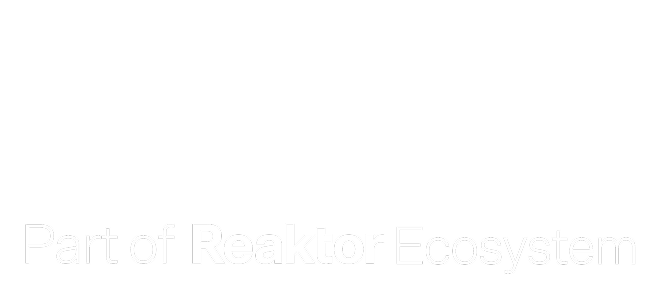Common Offshoring Challenges
24/06/2024
by Jarvis

Many companies today opt to outsource some of their projects, functions, or parts of their workflow to offshore teams. This approach offers numerous advantages for businesses, but it also comes with a set of common challenges.
Even small firms and startups are engaging in offshore operations. They often hire freelancers for repetitive or creative tasks or partner with digital agencies. This strategy helps them cut costs and speed up their time to market. Offshoring has become a prevalent business tactic in various forms. While an offshore workforce can help you achieve your business goals, it also introduces unique challenges.
 Bad Quality
Bad Quality
One of the primary concerns with offshoring is ensuring the quality of work. When the offshore workforce is not properly controlled or vetted, the risk of receiving subpar work increases. Without stringent quality assurance processes in place, the final product might not meet the desired standards, leading to rework, increased costs, and missed deadlines.
 Lack of Leadership
Lack of Leadership
Another significant challenge is the absence of effective leadership. Offshore teams often lack clear direction and guidance, leading to confusion and misaligned objectives. Without a strong leader to steer the project, teams can struggle to maintain focus and productivity. Ensuring that there is a competent leader who understands the project goals and can effectively communicate with both the client and the team is crucial for success.
 Cultural and Language Differences
Cultural and Language Differences
Cultural differences and language barriers can pose significant hurdles in offshoring. Miscommunications can arise due to differing cultural norms and language proficiency levels, leading to misunderstandings and project delays. It’s essential to bridge these gaps through cultural sensitivity training and ensuring that key team members are fluent in a common language.
 Time Zone Problems
Time Zone Problems
Operating in different time zones can complicate coordination and collaboration. When the customer and the delivery team are on opposite sides of the world, scheduling meetings and ensuring timely communication can become challenging. This time difference can slow down the decision-making process and extend project timelines.
 Mitigating Offshoring Challenges
Mitigating Offshoring Challenges
While these challenges are significant, they can be mitigated with the right strategies:
- Rigorous Vetting and Quality Control: Implement strict hiring processes and establish robust quality assurance protocols to ensure that only qualified and competent professionals are part of your offshore team.
- Strong Leadership: Appoint experienced and capable leaders who can effectively manage offshore teams, provide clear direction, and maintain alignment with the project’s objectives.
- Cultural Sensitivity and Language Proficiency: Invest in cultural sensitivity training for both onshore and offshore teams and ensure that key team members are proficient in a common language to facilitate clear communication.
- Effective Time Zone Management: Use tools and strategies to manage time zone differences, such as flexible working hours, overlapping work periods, and efficient project management software to keep everyone on the same page.
 Conclusion
Conclusion
Offshoring can offer numerous benefits, such as cost savings and access to a global talent pool, but it’s essential to be aware of and address the common challenges that come with it. By implementing best practices for quality control, leadership, communication, and time zone management, companies can successfully leverage offshore teams to achieve their business goals.
At Tekai Oy, we understand these challenges and have developed a FinViet Connect model that addresses them head-on. Our local project managers ensure seamless communication and leadership, while our offshore team delivers high-quality work cost-effectively.
If you’re considering offshoring, partner with us to navigate these challenges and achieve success.























